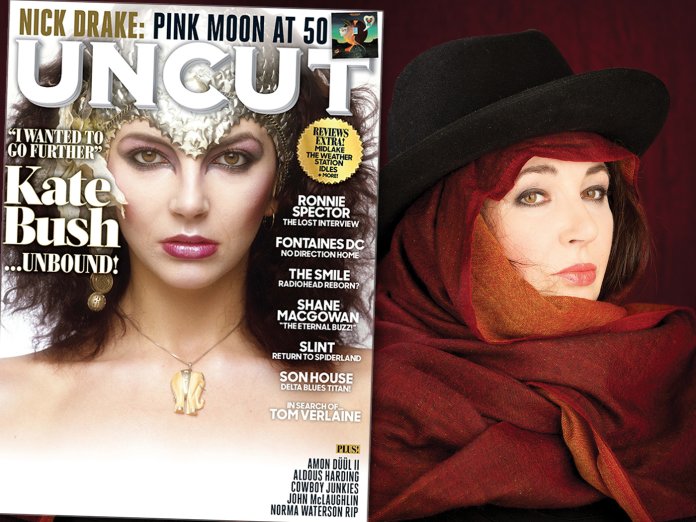KPM at 21 Denmark Street: a small basement studio on Tin Pan Alley usually used to record library music and jingles. On this afternoon, however, KPM hosts a very different kind of session. It is May 1981 and Kate Bush and her drummer Preston Heyman have taken up residence in the studio’s L-shaped recording room.
Bush has used KPM’s facilities before – she recorded backing tracks here for her 1979 BBC TV special – but now she has specifically returned here to rehearse new music. At this point, Bush is basking in the recent success of Never For Ever – the first album by a solo female artist to enter the charts at No 1, which has given her three Top 20 singles. Her creative momentum is unstoppable and the technically pioneering music that she begins to make in KPM elevates her craft to new heights.
While Heyman sets up his gear, Bush plays the piano, working on a melody that will become the central motif of her next single, “Sat In Your Lap”. Heyman, noting the track’s loose resemblance to Dave Brubeck’s “Take Five”, accompanies her on ride cymbal, snare and bass.
“Suddenly, Kate stopped and said, ‘That’s great, but what if you didn’t play the cymbal or hit the snare very much?’” Heyman recalls. “That was pretty much everything I’d just done, so I thought it was Kate’s polite way of saying she didn’t like what I was doing. Then she said, ‘No. Play what you just did, but on the tom-toms.’ I did that – and instantly it worked. Why didn’t I think of that? But that’s why she is Kate Bush. She took my idea and ran into the sky with it, opened it out and created something else.”
Created something else? It’s a quality that Kate Bush demonstrated repeatedly over the next year. As she finished “Sat In Your Lap” and dove into recording its parent album, The Dreaming, she changed the tempo and trajectory of her career. Gone were the old gang of musicians who had been with her since The Kick Inside and Lionheart, replaced by a cast of collaborators that included Irish folk musicians, German double bassists, sheep impressionists and the man who played the Cantina theme from Star Wars.
The vocals were also different, with Bush deploying a library of accents, tones and pitches modified by effects and compression. The music was intricate, polyrhythmic. Everything was filtered through a Fairlight sampler, giving Bush’s often creepy stories of myth and legend a unique feel.



